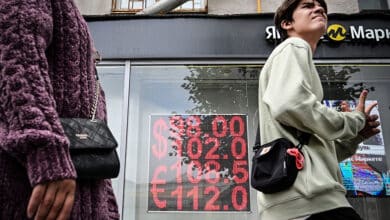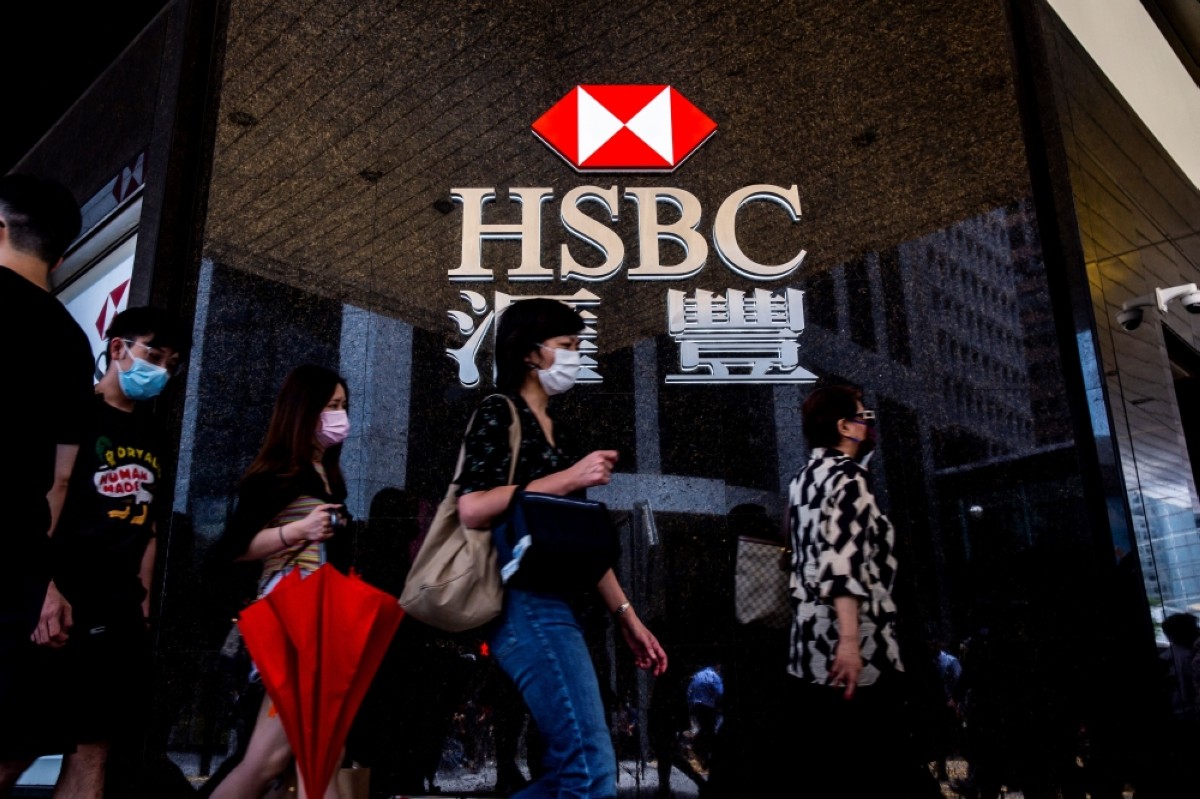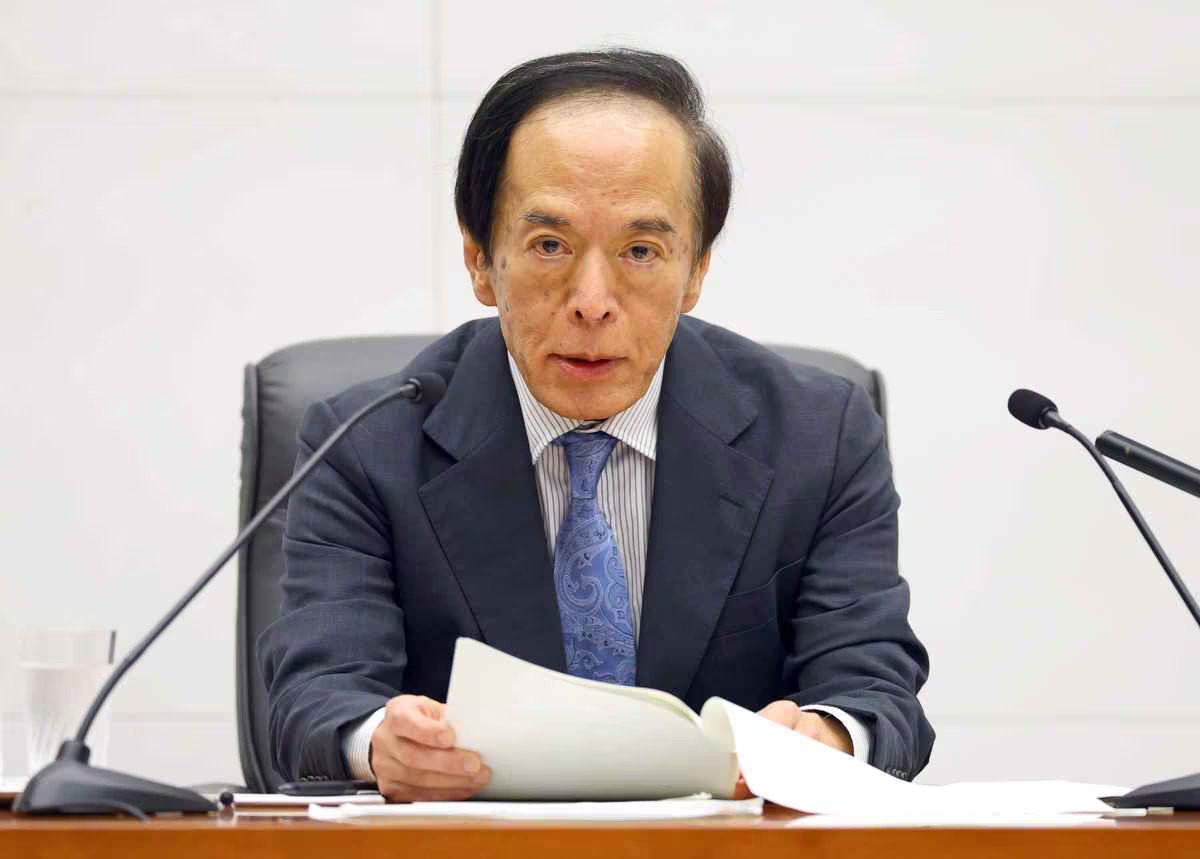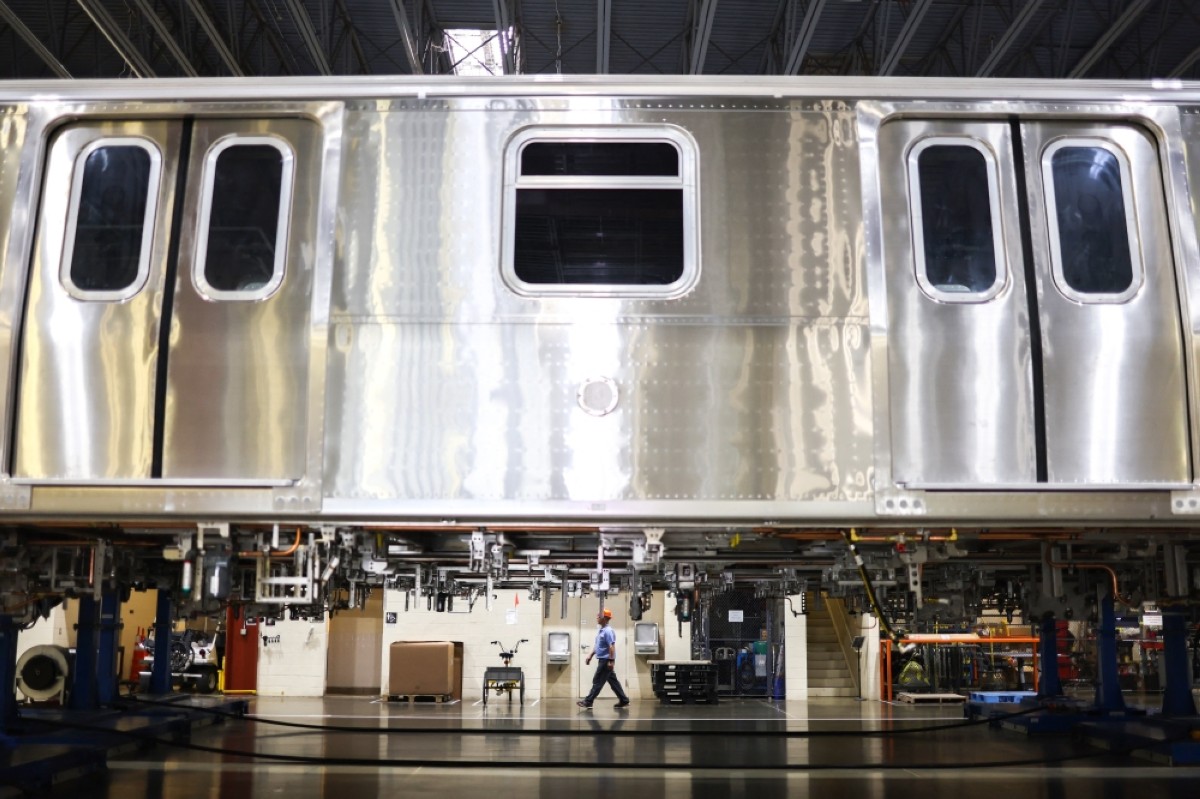Ruble plunges past 100 against dollar
MOSCOW: The Russian ruble slid past 100 against the dollar Monday, its lowest level since March 23, 2022 — weeks after Moscow unleashed full-scale hostilities in Ukraine.
 MOSCOW: People walk past a currency exchange office in Moscow on August 14, 2023. The Russian ruble slid past 100 against the dollar on August 14, 2023, its lowest level since March 23, 2022 -- shortly after Moscow launched its military operation in Ukraine. – AFP.
MOSCOW: People walk past a currency exchange office in Moscow on August 14, 2023. The Russian ruble slid past 100 against the dollar on August 14, 2023, its lowest level since March 23, 2022 -- shortly after Moscow launched its military operation in Ukraine. – AFP.
The ruble has shed around 30 percent of its value against the dollar since the beginning of the year, as the country imports more and exports less. Russia’s central bank said it will meet on Tuesday to discuss the key interest rate, as the ruble earlier tumbled past 100 versus the dollar—its lowest level since March 2022.
“On Tuesday, 15 August 2023, the Board of Directors of the Bank of Russia will hold a meeting to consider the level of the key rate,” the central bank said in a statement on Monday. Data from the Moscow Exchange showed the ruble trading at 101.01 to the dollar at 11:33 am (0833 GMT), while against the euro it tumbled to a near 17-month low of 110.73. The ruble could sink further to 115-120 per dollar, Alor Broker analyst Alexei Antonov warned in a note published by financial firms on Monday. “For the decline in the ruble to end,” Antonov said, “we need to wait for a reduction in imports or decisive steps by the monetary authorities.”
Russia’s central bank already hiked its key interest rate to a greater-than-expected 8.5 percent in July, and last week set aside its budget rule in a bid to stabilize the currency. The decline in the ruble has prompted fears ordinary Russians’ standard of living could take a hit, as inflation creeps up. Kremlin aide Maxim Oreshkin blamed what he called “loose monetary policy” in an opinion piece published by the state-run TASS news agency Monday. He said the central bank had all the “necessary tools” to address the situation and predicted the ruble exchange rate would return to normal in the near future.
While many Russians appear publicly stoic and receptive to the Kremlin’s narrative, data show they are increasingly worried about their livelihoods. Fearing for their savings, Russians withdrew one billion rubles in cash ($10.3 million) in the three days after the Wagner mercenary group staged a mutiny, according to central bank figures. The number is some five times higher than the average of a normal three-day period in Russia. Sofya Donets, chief economist for Russia at Renaissance Capital, said the weakening of the ruble presented no risk to the country’s financial stability.
Analyst Arnaud Dubien meanwhile said the drop in the ruble was expected, reflecting the country’s foreign trade. What is not expected, he said, is that “the ruble is weakening even as the price of oil increases again.” The Russian economy relies heavily on oil and gas exports. He warned that the government must be careful not to let the ruble slip past 100 dollars to 1 ruble. “This could fuel speculation in society that the country has fallen by the wayside,” he added. Despite the currency crisis, Russia’s economy grew year-on-year by 4.9 percent in the second quarter of 2023, the country’s statistics agency Rosstat said, the first increase in a year.
The country’s gross domestic product (GDP) shrank on the same measure in the previous four quarters, finishing with a 1.9-percent drop in the first quarter of 2023. Friday’s improved figures for April to June came in comparison with the same period last year, when GDP fell by 4.5 percent. Last year’s sharp contraction came as the economy was hit with a raft of sanctions from Western countries in response to the offensive in Ukraine. Despite the increase, the Russian economy was still smaller than it was before the start of the conflict in February 2022.
Rosstat did not provide a breakdown by sector in its most recent release. The second quarter of 2023 has seen Russian inflation tick upwards, due in part to the weakness of the ruble. On Friday, the currency was trading at 108 rubles to the euro and 99 rubles to the dollar. The economic struggles prompted the Russian central bank to raise its benchmark interest rate to 8.5 percent to try and buttress the ruble and suppress inflation. – AFP.











